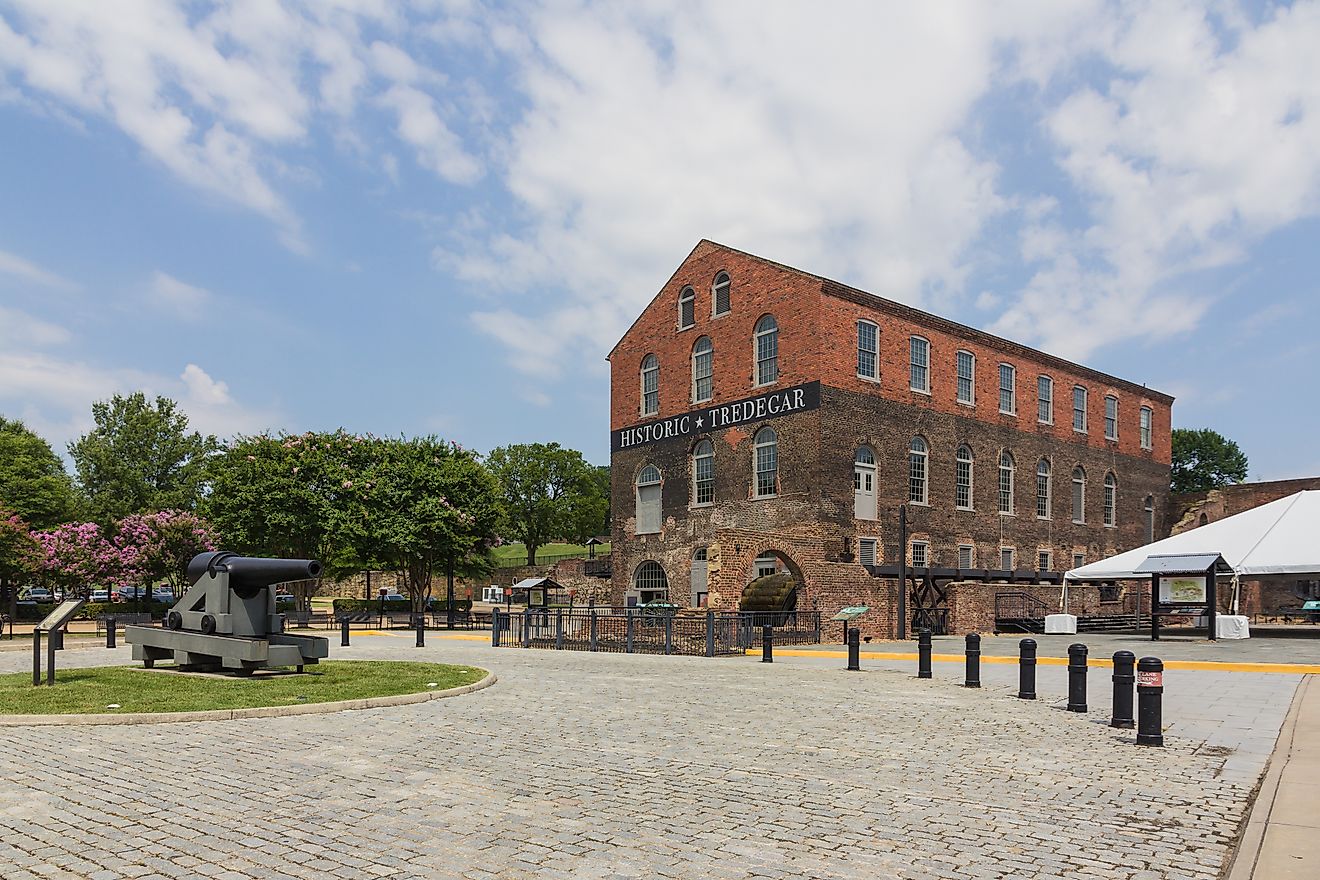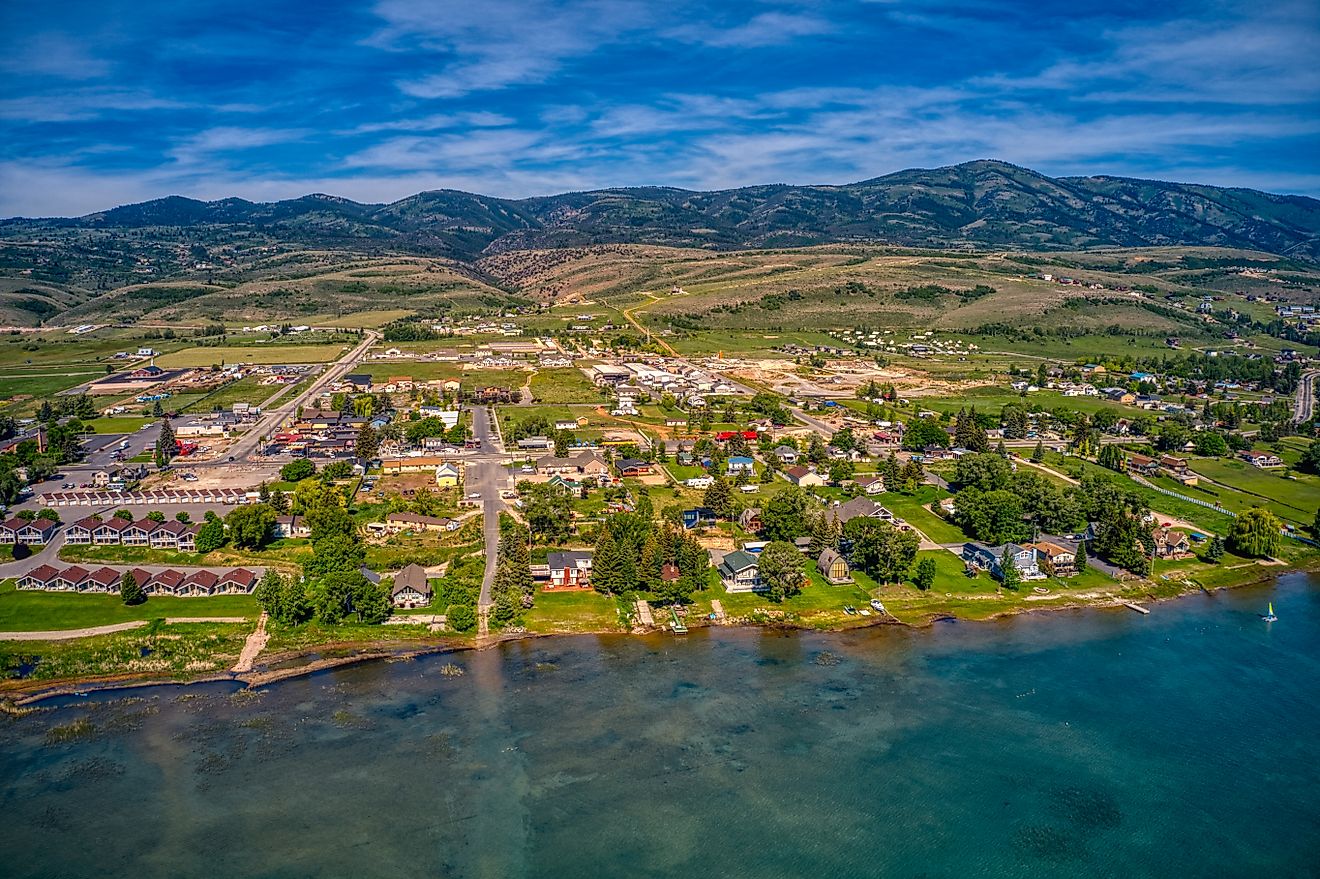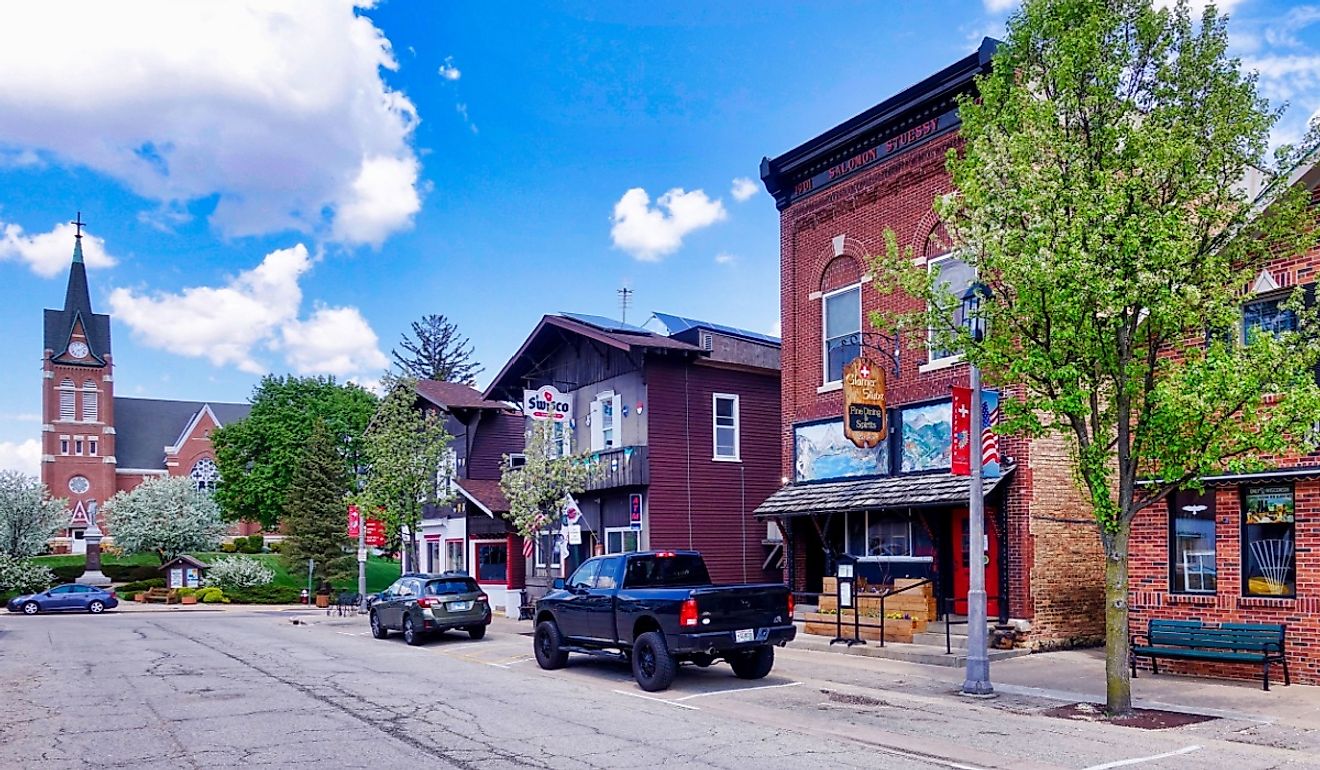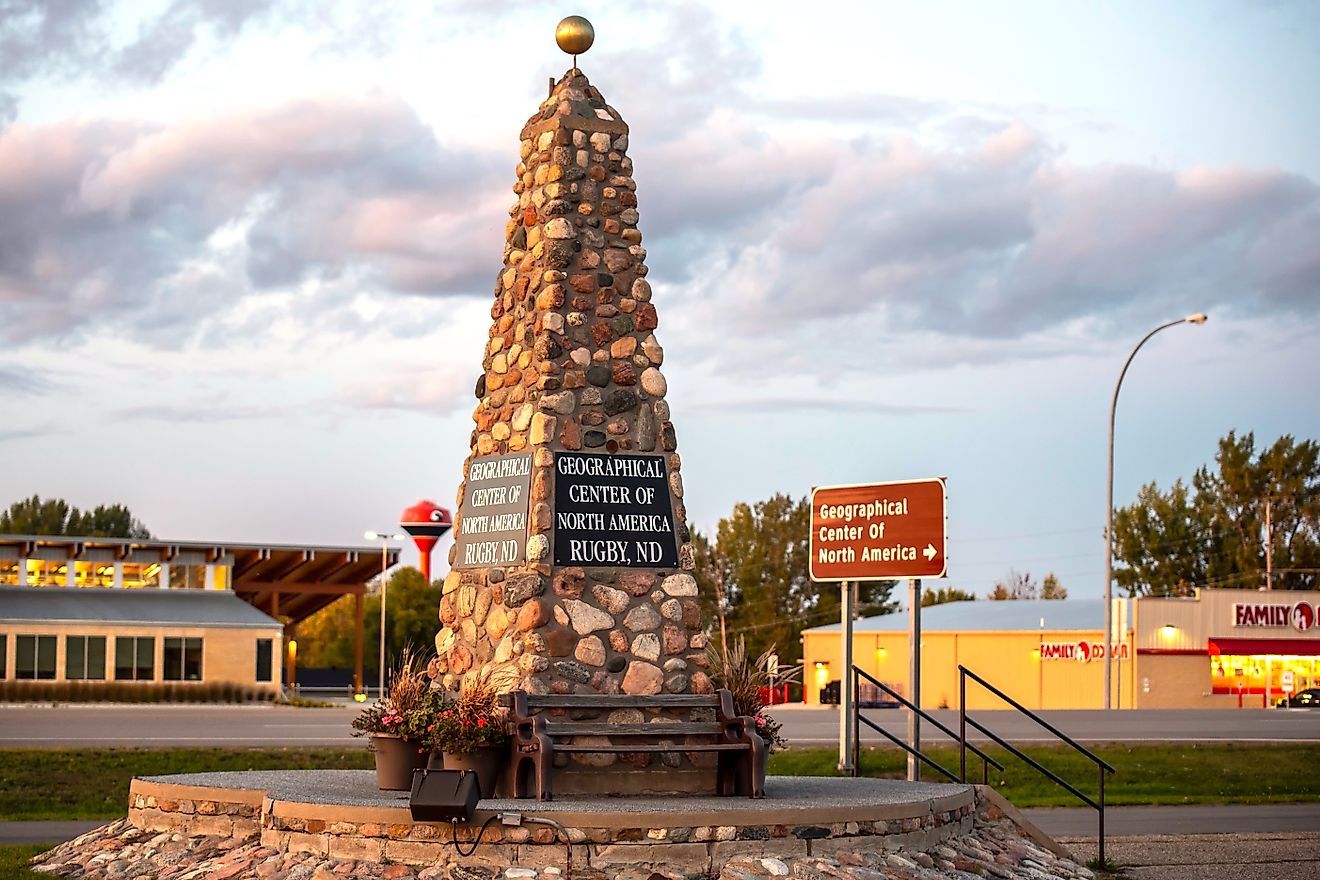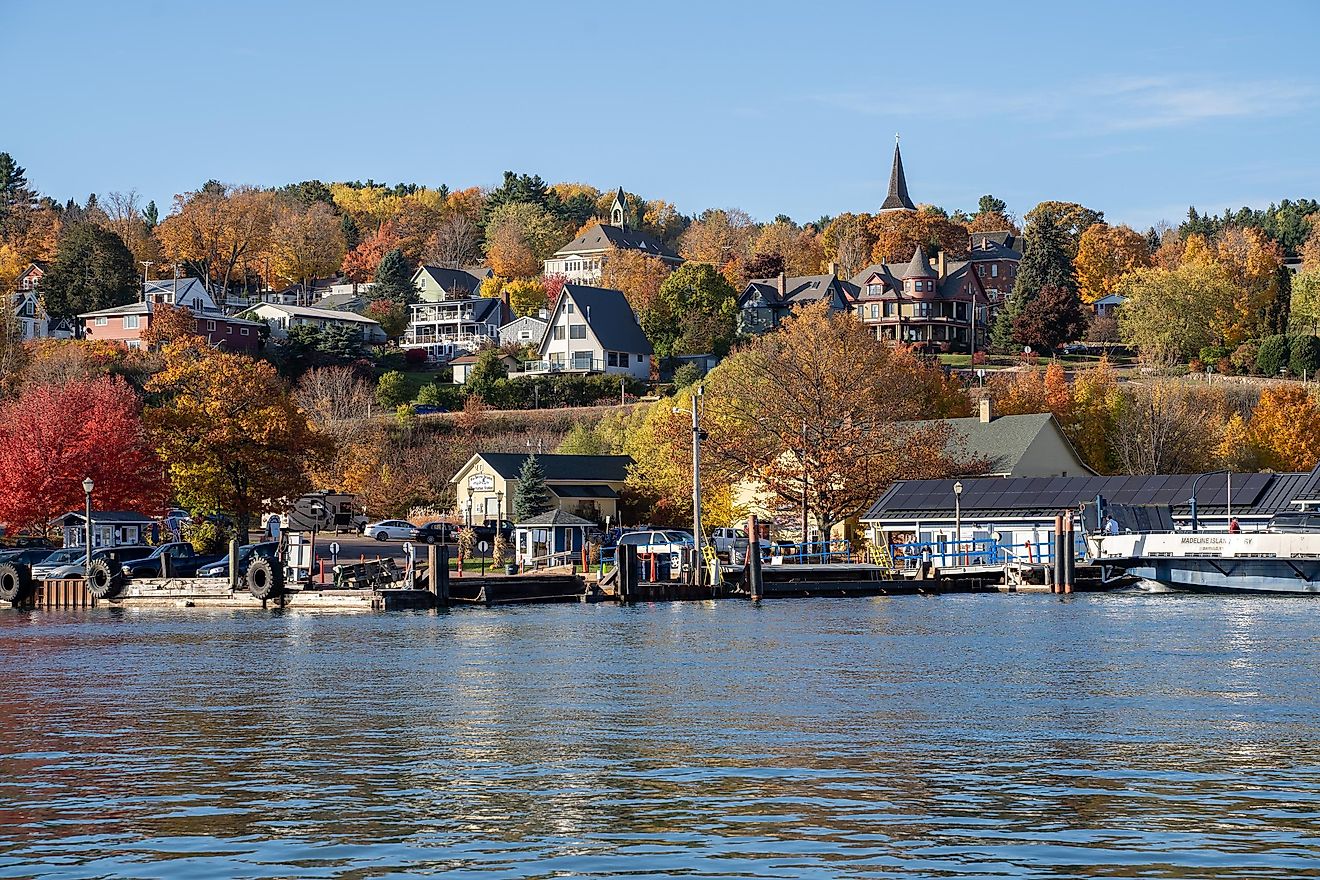
Pipestone National Monument
The Pipestone National Monument is located in southwestern Minnesota, United States. The name pipestone is derived from the fact that Plains Indians would come to this site to mine soft stone found in this area. This quarried stone was used to carve pipes, which hold strong significance in indigenous culture, as they are often used for prayer and ceremonial gatherings. For this reason, the quarries are considered sacred by Plains, Dakota, and Lakota tribes in the area.

The Monument itself includes the soft stone quarry pits, many of which are still active extraction sites as of 2021. Also included in the monument are the surrounding grasslands and prairie. The monument area consists of 300 acres of land. The area was designated a national Monument in 1937 in order to protect the rights of Native Americans to the land and stone found there. As part of this designation only people of Native american ancestry have permission to quarry the pipestone here.Though the term monument often denotes a structure or statue of some kind, Pipestone Monument does not have one, and simply includes the natural landscape which has garnered report and significance in many cultures. ‘Monument’ is simply a designation under the National Park Service, and the region is essentially a Minnesota park with a sacred background.
Geology
The soft stone used to carve pipes is actually a claystone scientifically known as catlinite. It has a deep reddish colouration due to oxidized iron within its composition. The rock formed over many millions of years as clay built up on top of layers of sand.
This clay was then trapped beneath more sand layers. Both the clay and sand then underwent periods of heat and pressure, which compressed the sediment and transformed sand into quartzite and clay into catlinite, or pipestone.Because the pipestone is trapped beneath the quartzite, it needs to be quarried from the earth.
Visiting The Park

Many that visit hope to take some of the pipestone home with them. Though it is possible to buy carvings and pipes already carved from this stone, visitors should be advised that taking raw pipestone from the park is illegal, and the region is protected under law.
There are also a variety of activities visitors can experience when they visit the monument. Hiking is available in warmer months, with a snowshoeing option in the winter. Visitors can explore the park area while learning about the historical and cultural significance of the area. Similarly indoor activities include cultural demonstrations and hands-on activities such as crafting and carving. Museum exhibits and film further aim to educate visitors about first nation culture and history.

Ultimately the monument aims to both preserve a Native American ancient ritual, and protect sacred land, as well as educate others about various customs and rituals associated with this piece of land. From pipe carving to sun dances, to exhibits and films, the Pipestone National Museum seeks to honour the ways of life of the Plains, Lakota and Dakota peoples that have occupied this area for generations.
